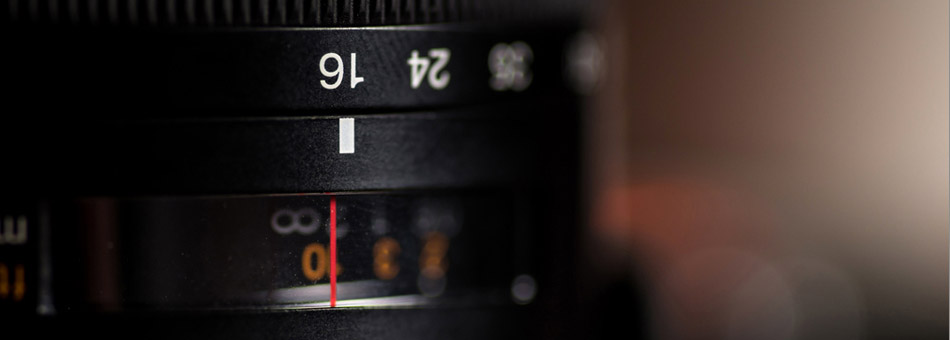Against Tick Box Tourism
It is not difficult to, or at least attempt to, wax lyrical about Paris. It’s reputation precedes it and no visitor arrives free of expectations, most of which the city will happily satisfy. A library of guidebooks takes the visitor from one site to the next, from one sight to another: the Louvre, Eiffel Tower, Arc de Triomphe, Notre Dam, Sacré Coeur. Tick box tourism at its very best. To make things easier open-top double deck buses pick-up and drop-off, leaving the city’s more than adequate – and much cheaper - public transport system to the Parisians with whom the visitor will have no interaction outside of the hotel reception, the gift shop or a café.
Tick box tourism is not a new phenomenon and is certainly not peculiar to Paris. Travel to any major city or destination and you will be met by hoards of tourists who will disembark their bus, click their cameras and then shuffle back on to the bus ready to be taken to the next photo opp. (Thankfully in this age of digital cameras one doesn’t have to spend a small fortune on developing to discover that half of the pictures you have taken are of the back of someone else’s head.) But what have they really experienced and what, if anything, do they actually know about what it is they have taken a photograph of? Is the travel industry doing them and Paris, in this example, a disservice by glossing over the importance of cultural heritage and history in order to provide as many photo opps as possible in as short a time as possible. What does the tourist benefit from taking a photograph of the Eiffel Tower, or is it just one of the 500 things to do before you die? What’s the point?
Don’t get me wrong; I’m not arguing that this form of tourism should cease to be. My point is that tourism ought to be much more than a series of photo opps, of meals in restaurants offering bland tourist menus, void of any interaction with the local population and its culture. My point is that tourists should be out on the streets, smelling, tasting and listening.
To walk the streets of Paris, for example, is to immerse oneself in a history and a cultural heritage that has in many ways helped shape the modern world in which we live. The French Revolution, fought on the streets of Paris, strongly influenced the course of American history; French cuisine has influenced kitchens around the world; the bars and brothels of Montmartre nurtured the young impressionists who challenged the art establishment and changed our way of looking at art.
I therefore encourage any visitor to Paris to put the guidebook and checklist away, put on a good pair of walking shows and hit the streets. Choose a district, or arrondissement, and explore. You will be amazed at what you will discover – glass roofed arcades with small boutiques, beautiful churches that are not listed in the guidebooks, small streets leading to large open squares with manicured gardens, small cafés and restaurants offering real French delicacies.
By all means go to the main attractions, but instead of just walking round Notre Dam or Sacré Coeur, take the time to experience them as churches by attending a service such as evensong. It’s why the building is there. By all means take photographs but, please, look at what it is you are taking a photograph of. You may learn something.
